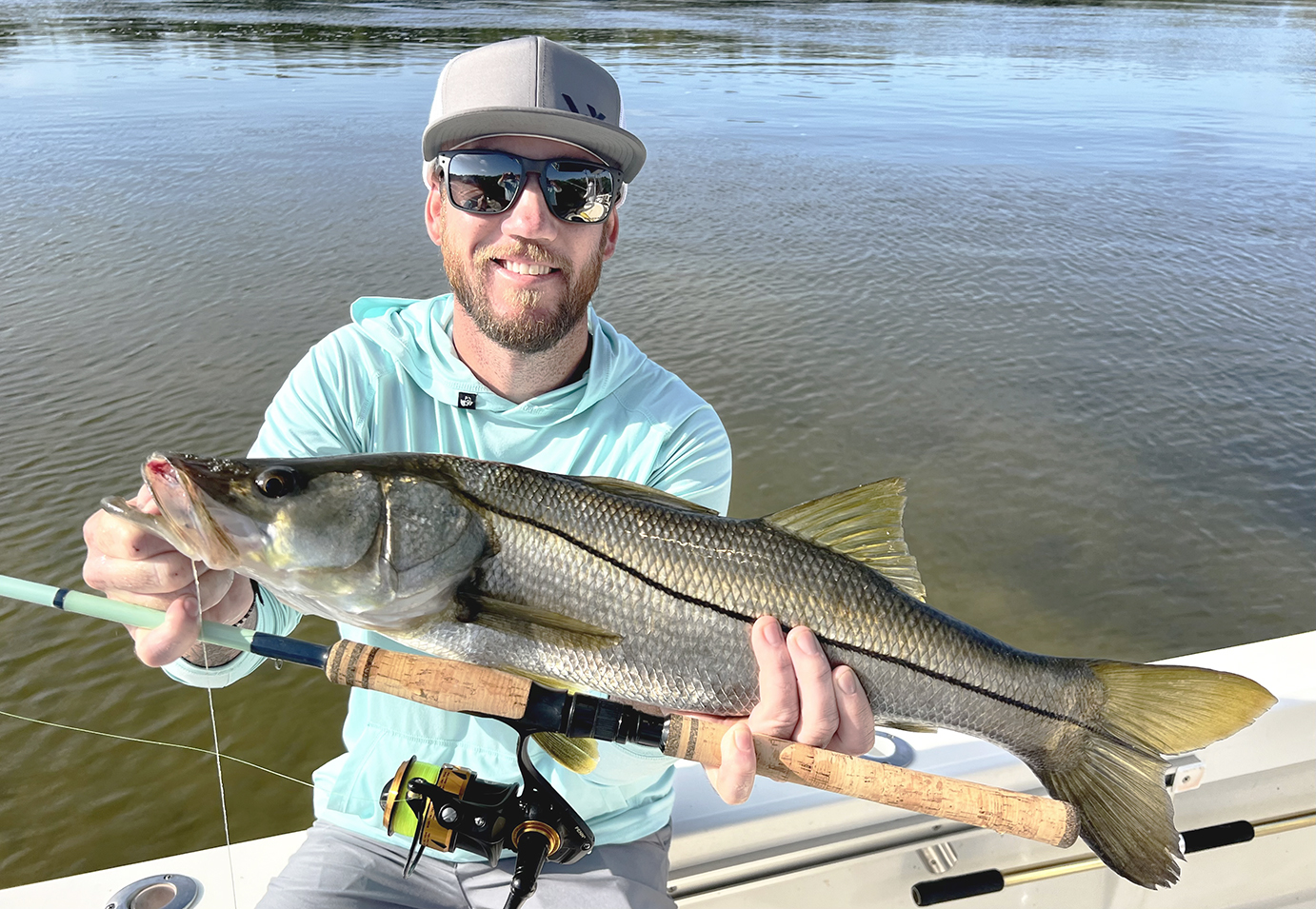It’s a Grass Flats Bonanza!

It’s been a long hot summer, but relief is just around the corner. The days are getting shorter and soon the water temperatures will be dropping back into the 70’s. Once the water cools, the redfish and snook fishing will heat up.
Mid-to-late September, and especially, October ushers in some of the best redfish action Tampa Bay has to offer. The redfish spawning season really amps up mid-to-late fall. I’ve had clients catch 40” redfish numerous times during October. As a matter of fact, my best redfish outing ever happened during the month of October. In one particular instance, during a five-hour charter, three clients managed to land 96 redfish. You can read about redfish in more detail on my websites about redfish page.
When pursuing redfish, I always keep an eye out for mullet. The Tampa Bay mullet run is at its peak right now and tapers off by December, so mullet are everywhere. This in conjunction with the annual redfish spawn makes for a winning combination. Redfish like to travel with mullet, and here’s why. Mullet travel in schools and feed on seagrasses, micro crustaceans, and microalgae. As they forage across the grass flats, they flush out baitfish and crustaceans from their hiding places. Redfish trail along so they can scoop up what the mullet doesn’t eat.
These shorter days and lower water temperatures make for excellent snook fishing and will remain so until the season closure on December 1. I can also honestly say, I have never seen as much bait in Tampa Bay as there is right now. Bait is literally on every grass flat. This has snook in a feeding frenzy. Snook can be found adjacent to most mangrove points and mangroves that line deep water channels. As always, do some live bait chumming before casting a bait out to increase your chances at a hookup. Continuous chumming helps keep the bite going allowing you to catch numerous snook before moving on to the next spot.
As for seatrout, there’s no shortage in Tampa Bay. They seem to be just about everywhere there’s bait. Seatrout fishing is best on a moving tide, so I always check the tide chart for my fishing location and plan accordingly. Most of the time when fishing grass flats it’s best to use a bobber to keep your bait out of the grass where the fish can see it. Once a fish takes the bobber under, wait two to three seconds before setting the hook.
There are a couple of methods for targeting seatrout. You can drift the flats and let the wind and tide take you along, or you can anchor your boat. When using artificial lures, it’s best to drift. When using live bait, I’ve found it’s best to anchor and fish an area before moving slightly down the flat. While anchored I chum with live bait which floats down tide and draws fish to the boat. Doing so not only attracts seatrout, but on some grass flats ladyfish, jack crevalle, Spanish mackerel and the occasional shark and cobia.
The Spanish mackerel fishing is still going strong, and they are big, some reaching four to five pounds. They’re feeding around the bay area bridges, over submerged rock piles, spoil islands adjacent to channels, artificial reefs and on some of the bays deep-water grass flats.
Typically, there are about two more solid months of excellent fishing on the grass flats throughout Tampa Bay until the cool fronts start. Once three or four cold fronts move through the area and the water temperature drops below 70 degrees and the bait leaves the flats. When this happens it’s a whole different ball game.
Afishionado, “Adventures in Fishing.”
If you enjoyed reading my fishing report, you should check out my most recent post. Please like my Facebook Page to receive updates. For charter reservations call/text Wade at 813-286-3474.








